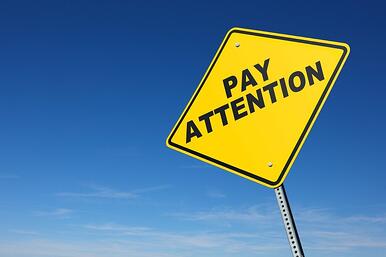
A recent study confirmed a missing key to work-life balance in a hyperventilating 24/7 world. It found that constant connectivity—sending, receiving, and checking messages to the exclusion of a moment to think about any of it—makes it hard to remember the incoming or make any complex decisions based on the information. The problem: too much output and no time for brain neurons to absorb the input or its meaning.
We need time to process the work we do and to step back to determine the best course ahead. None of that’s possible when we are in continuous output mode. Our brain neurons need comprehension of the day’s events to process them and incubate the data during sleep to build the associations that lead to solving problems.
There’s a duality to work, as there is in life, a yin-yang dynamic that is essential to balance and the engaged minds that comes from it. Quality input is mandatory for quality output. Without input, time to process what’s coming at us, our output is missing analysis and reflection and driven by mechanical momentum. That, in turn, drives job stress, which thrives on reactivity and emotional frenzy devoid of thought.
Researchers have found that the brain has to step back every 90 minutes, or it fatigues and defaults to rote mode. We make a lot of mistakes when flying on autopilot output, send emails with the wrong names on them, forget to send attachments, plow ahead on projects without knowing what our objectives are. Where are we going? Why are we going there? We have no idea when autopilot output controls all.
We all seem to know instinctively that being unbalanced doesn’t add up. Millennia ago Chinese sages held that we are complimentary, not exclusionary, characters. Yang and yin referred to the dark and sunny sides of a hill, and came to be associated with the positive and negative, male and female, two sides of the same coin.
“The art of life is not seen as holding on to yang and banishing yin, but as keeping the two in balance, because there cannot be one without the other,” wrote philosopher Alan Watts.
When you're all-output, all the time, physical maintenance and stress management are non-existent, and that affects performance. Cumulative fatigue comes out of your hide the next day and the next, lowering productivity as output overrules the input of recharging, researchers tell us.
You can build input into your day by setting aside a few minutes each day to catch up on reading, research, and conversations needed to stay ahead, not behind, the eight-ball. Step back before you take an action and ask what your goal is. What should this task accomplish? Why? Take the time to refuel during the day to allow your brain to reset. Monitor when you are flying on mechanical momentum and being run by commotion, instead of motion.
Input is the engine of productivity, vitality, innovation, and it's the essence of any good work-life balance program. Without it, work and physiologies head down a dark, slippery slope.












